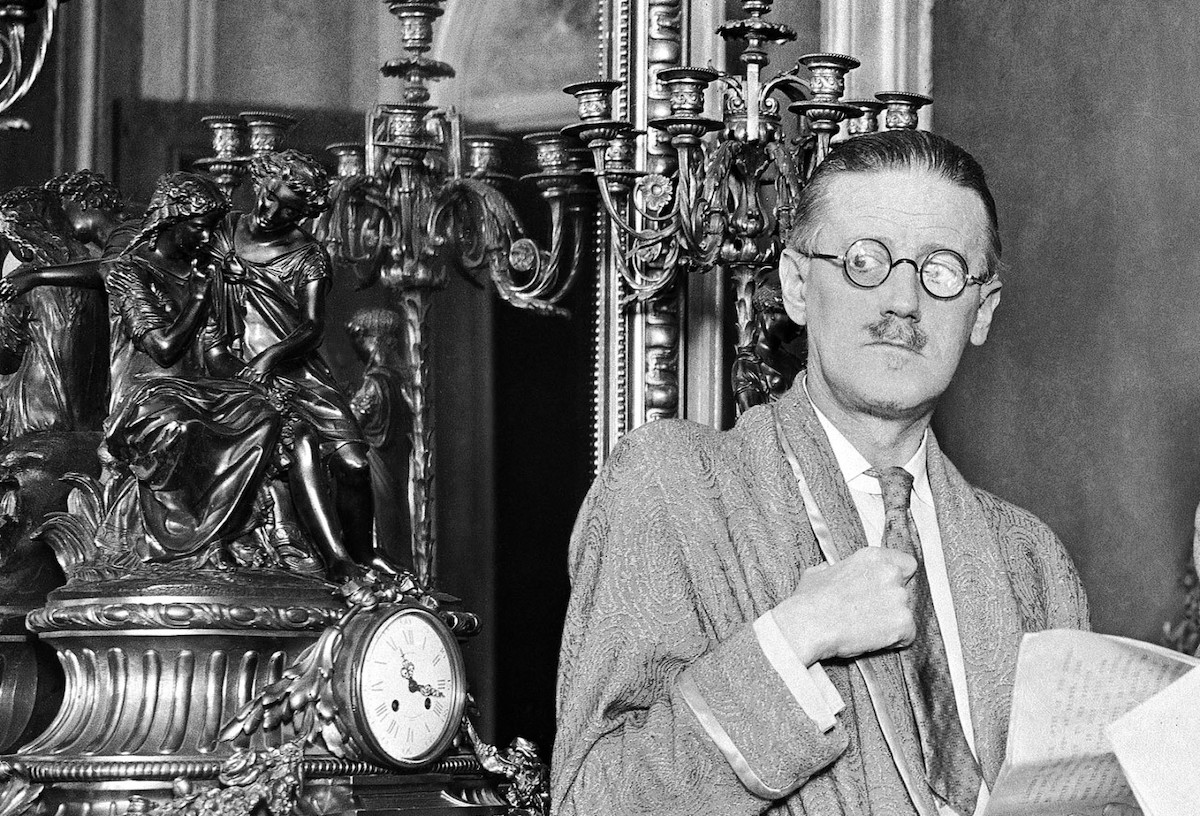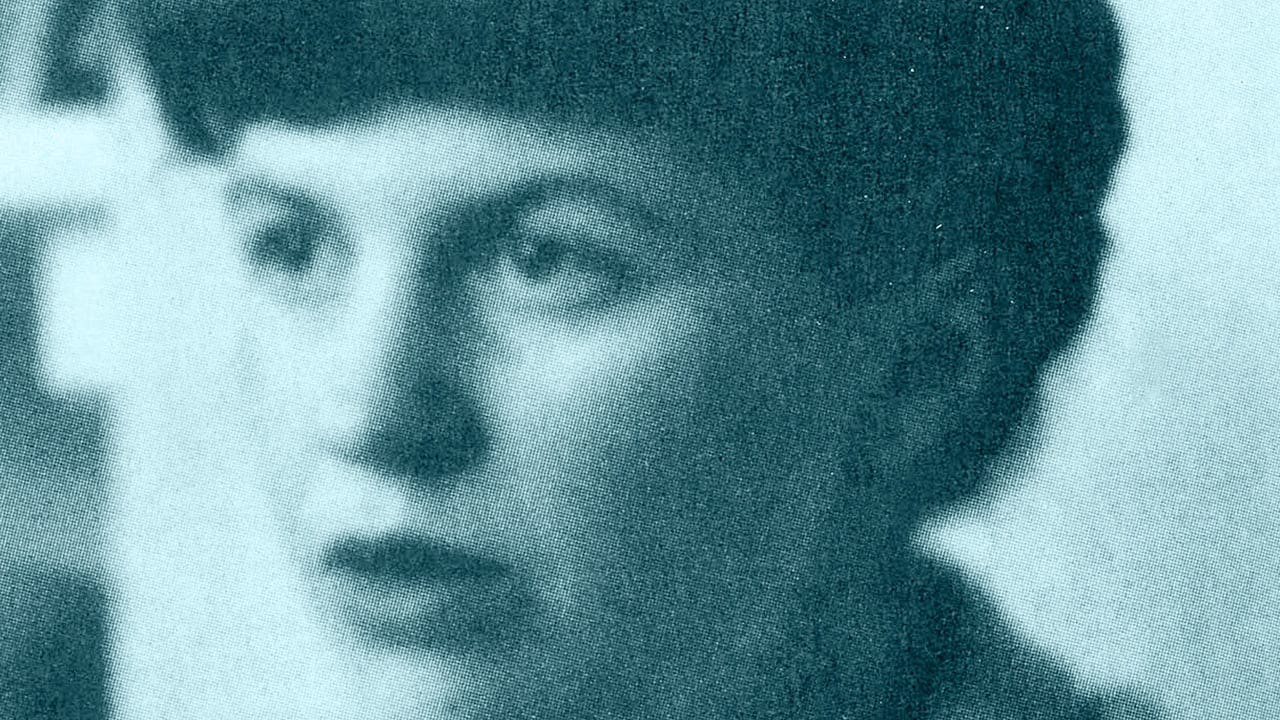Darkness and Creation: Literary Masters and Their Battle with Sleep

The Odyessian Struggle Between Insomnia and Artistic Genius
Literary genius often burdens and drives talented writers to push beyond seemingly normal human limits of productivity. Take creative insomnia, where consciousness splinters into extraordinary variations of perceptual colour. In the troubled minds of history’s most compelling writers, shifting levels of insomnia carve neural pathways that modern neuroimaging technology is just beginning to uncover. These nocturnal warriors—Proust in his cork-lined sanctuary, Kafka at his midnight desk, Joyce in his light-starved isolation—transformed their sleep-deprived altered states into revolutionary literature. Their struggles with sleeplessness became more than mere affliction; they manifested as a kind of neural alchemy, transmuting the torment of endless wakefulness into works of staggering creative power. Contemporary brain scans now reveal how sustained insomnia literally reshapes the creative centers of the mind, offering tantalizing insights into how these literary masters accessed unusual states of consciousness that birthed their masterpieces.
Marcel Proust: The Nocturnal Existentialist
In his cork-lined bedroom in Paris, Marcel Proust transformed insomnia from a curse to a creative wellspring. Modern sleep studies suggest his infamous nocturnal writing sessions may have induced a unique state of consciousness—a hypnagogic twilight where memory and imagination intertwine with extraordinary fluidity.
Proust’s relationship with sleeplessness proved remarkably complex. His novel “À la recherche du temps perdu” (In Search of Lost Time) begins with insomnia, a choice that neuropsychologists now recognize as profoundly significant. Research suggests his description of time distortion during sleepless nights aligns precisely with how sleep deprivation affects temporal perception in the brain’s prefrontal cortex.
The writer’s battle with asthma-induced insomnia led him to explore more profound spiritual questions. His late writings reveal an evolving perspective on consciousness and time—themes that neuroscientists now study about sleep’s role in memory consolidation and creative insight.
Franz Kafka: Darkness as Metaphysical Laboratory
Kafka’s infamous declaration that “writing is utter solitude, the descent into the cold abyss of oneself” takes on new meaning when examined through the lens of his chronic insomnia. Modern sleep research suggests his disrupted sleep patterns may have induced a state of perpetual hypervigilance, combined with an alchemy of situational depression, that contributed to the surreal lucidity of his prose.
Kafka’s Jewish spiritual heritage, combined with his insomnia-induced isolation, created a unique philosophical perspective. His later writings show an increasing preoccupation with mystical themes, possibly influenced by the altered consciousness states that chronic sleep deprivation induces in the temporal lobe—the brain region associated with spiritual experiences.
James Joyce: Exploring Finnigan’s WAKE
Joyce’s deteriorating eyesight paradoxically enhanced his insomnia’s influence on his work. Unable to perceive regular light-dark cycles, his circadian rhythms became increasingly disrupted. Modern chronobiology suggests this disruption contributed to the stream-of-consciousness style that revolutionized literature.
Neuroimaging studies of sleep-deprived individuals show neural activation patterns that are surprisingly similar to those observed during creative breakthrough moments. Joyce’s famous statement that “imagination is memory” takes on new significance when considered alongside current research on how sleep deprivation affects memory consolidation and creative association.
His complex relationship with Catholicism evolved alongside his sleep struggles. Late-night writing sessions became almost ritualistic, with insomnia serving as both torment and transcendental state. Modern sleep science suggests such sustained wakefulness can induce quasi-mystical states of consciousness, potentially influencing his later works’ spiritual themes.
Chuck Palahniuk: Never Really Asleep or Awake
Palahniuk’s insomnia-influenced work represents a contemporary manifestation of an ancient pattern. His description of fight clubs operating in darkness parallels neurological research on how sleep deprivation affects aggression and risk assessment in the amygdala—the brain’s emotional center.
Recent studies of sleep-deprived subjects show increased activity in brain regions associated with emotional memory and decreased activity in areas responsible for logical reasoning. This neural pattern strikingly resembles the psychological states Palahniuk describes in his characters.
His exploration of spiritual themes, particularly in later works, reflects a pattern observed in chronic insomniacs—a tendency toward existential contemplation during enforced wakefulness. Neuroscientific research suggests prolonged sleep deprivation can induce states of consciousness that ancient mystics achieved through deliberate sleep restriction.
Sylvia Plath: The Dark Things That Sleep in Us
Plath’s relationship with insomnia intertwined inextricably with her mental health struggles. Modern psychiatric research reveals how disrupted sleep patterns can exacerbate depression, creating a cycle that likely influenced her most influential works.
Brain imaging studies show that sleep deprivation can increase emotional reactivity while decreasing cognitive control—a combination that may have contributed to the intensity and clarity of Plath’s poetry. Her nocturnal writing sessions often produced work of extraordinary emotional depth, possibly facilitated by this neurological state.
Her later spiritual explorations, particularly her interest in mysticism, parallel patterns observed in other chronic insomniacs. Research suggests extended wakefulness can induce altered states of consciousness that ancient spiritual traditions actively sought to achieve.
The Science of Nocturnal Creativity
Modern research reveals fascinating patterns in how sleep deprivation affects creative cognition:
Wakefulness can increase activity in temporal lobe regions associated with creative insight and spiritual experiences. This may explain why many insomniac writers report quasi-mystical states during night writing sessions.
Default Mode Network Changes
Sleep deprivation appears to alter activity in the brain’s default mode network, which is composed of regions active during introspective states. This modification may facilitate the unique perspectives evident in these authors’ works.
Memory Integration Shifts
Disrupted sleep patterns affect how the brain consolidates and integrates memories, potentially contributing to the innovative narrative structures these writers developed.
Spiritual Implications
Contemporary neuroscience suggests intriguing connections between sleep deprivation and spiritual experiences:
Altered States Access
Prolonged wakefulness can induce brain states similar to those observed during meditation or shamanic experiences, potentially influencing these writers’ spiritual perspectives.
Pattern Recognition Enhancement
Sleep deprivation may enhance the brain’s ability to recognize subtle patterns, contributing to creative insight and spiritual awareness.
Temporal Lobe Perceptual Changes
Disrupted sleep can also alter how the brain processes time, potentially facilitating the transcendent perspectives evident in these authors’ later works.
These writers’ struggles with insomnia left an indelible mark on literary history. Their nocturnal battles produced works of extraordinary insight and innovation, suggesting that sleeplessness, while challenging, can access unique states of consciousness conducive to a creative breakthrough.
Modern therapeutic approaches recognize both the creative potential and the health risks of disrupted sleep patterns. While we celebrate these authors’ achievements, we also understand better now how to support creative individuals struggling with sleep disorders.
Of Contemporary Relevance
Today’s writers facing similar challenges benefit from an advanced understanding of sleep’s role in creative cognition. Modern sleep science offers insights into managing insomnia while preserving creative capability:
Regular creative practice during insomnia may help maintain healthy brain plasticity despite sleep disruption.
Understanding how sleep deprivation affects different aspects of cognition allows writers to structure their work to maximize creative benefits while minimizing cognitive costs.
Modern sleep interventions can help maintain creative flow while improving sleep quality, offering hope for contemporary writers struggling with insomnia.
Looking Forward
The relationship between insomnia and creativity remains complex. While we don’t romanticize sleep disruption, we recognize how these writers transformed their nocturnal struggles into literary gold. Their experiences continue to offer insights into both the creative process and the human capacity to convert challenge into opportunity.
For modern writers facing similar battles with sleep, these historical examples provide both inspiration and caution. Today’s understanding of sleep’s role in creativity helps forge healthier paths to artistic innovation, honoring these literary giants’ legacy while protecting contemporary creators’ well-being.
Understanding these authors’ struggles with insomnia illuminates literary history and human consciousness.

